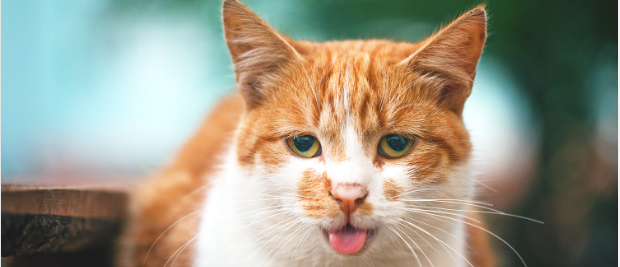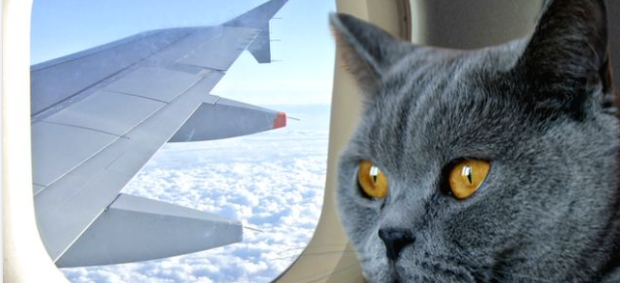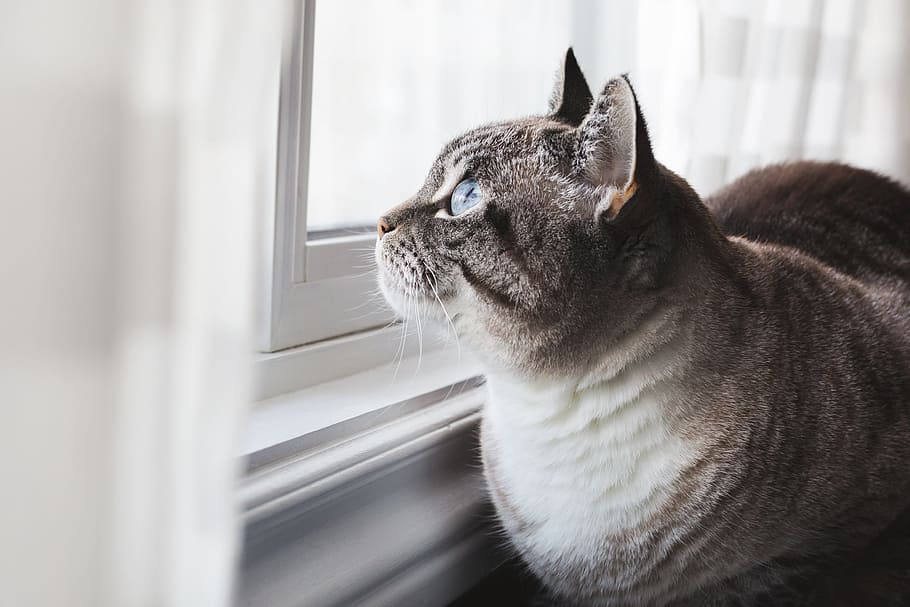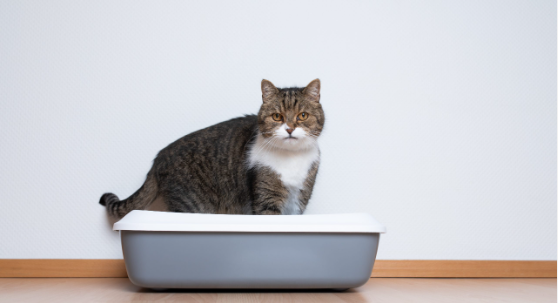Why Is My Cat Panting In The Car?
Cats are a popular pet around the world and, while many of them enjoy lounging around their home, others are adventurous and love to travel. However, when travelling by car, some cats may start panting heavily and this can be distressing for both the cat and its owner.
Panting in cats is not always a sign of good health, especially when it occurs outside a physically demanding activity such as playing or running. Therefore, understanding why cats pant in the car is important for pet owners.
Explanation of the Scenario
When we take our furry friends on trips by car, they may become anxious or stressed due to unfamiliar surroundings such as new smells or sounds. Some cats may experience motion sickness due to changes in balance or an unsuitable carrier causing discomfort. Whatever the reason behind your cat’s panting behavior during travel by car, it is important for owners to recognize it as an issue that needs addressing.
Cats also tend to get easily stressed during trips to veterinary clinics or boarding facilities because most associate these places with unpleasant experiences such as getting shots, being poked with needles, or being confined in unfamiliar spaces. As such, understanding why cats pant during travel can help you determine if your pet’s breathing issues signal something more serious than just anxiety from being inside a carrier.
Importance of Understanding Why Cats Pant in The Car
It’s crucial to understand why your cat pants in the car so you can take appropriate measures to prevent stress and avoid any potential health risks. Although panting may be normal if your feline friend has been playing hard or is feeling too warm on a hot summer day; however excessive panting that persists throughout longer periods could indicate underlying health issues such as respiratory problems like asthma or bronchitis which require medical attention.
Furthermore, if your cat is panting due to anxiety or fear, it could lead to a host of other behavioral issues that could be dangerous for you and your pet. Understanding why cats pant during travel can help you provide the necessary care and comfort that they need whilst on the road.
Understanding Cat Panting
Cats are known for their ability to regulate their body temperature, which is why it can be alarming to see them panting. Panting in cats is characterized by open-mouthed breathing that is faster and more shallow than regular breathing.
Definition of panting in cats
Panting in cats is the act of rapid and shallow breathing, which is often an indication that the cat is experiencing some form of discomfort. Unlike dogs, who pant to cool down when they are hot, cats tend to pant as a result of stress or anxiety. Therefore, it’s important for cat owners to understand what causes their pets’ discomfort and address it accordingly.
Reasons why cats pant
There are multiple reasons why a cat may start panting. The following are some of the most common:
Heat exhaustion or heat stroke:
When a cat’s body overheats, they may begin to excessively pant in an effort to cool down. This can occur due to exposure to high temperatures in environments such as cars without proper ventilation during hot weather.
Stress or anxiety:
Cats that feel stressed or anxious may begin to excessively pant as a way of coping with their emotions. This could occur when travelling outside the home environment or being exposed to new people or other animals at vet visits.
Respiratory problems:
Some respiratory problems such as asthma or pneumonia can cause difficulty with breathing which may lead your cat into excessive breathing through the mouth i.e., Panting.
Heart problems:
Cardiac issues such as heartworms or congestive heart failure can also cause labored breathing that might appear like your kitty is panting. Understanding these common causes for panting in cats can help you identify what might be causing your pet to pant and take steps toward mitigating the issue.
Why Do Cats Pant in the Car?
Explanation of the unique situation of being in a car
Cats are creatures of habit and routine, so any change in their environment can be stressful. Travelling by car is a unique situation for cats, as they are not used to being confined to a small space while moving at high speeds.
The unfamiliar surroundings, sounds, and smells can cause fear and anxiety, leading to panting. Additionally, cats may become disoriented when travelling in a car due to visual motion, which can increase the feeling of motion sickness.
Factors that contribute to cat panting while travelling by car
There are several factors that can contribute to cat panting while travelling by car. Motion sickness is one such factor.
Cats who experience motion sickness may drool excessively and pant heavily. Fear and anxiety from unfamiliar surroundings and sounds are other factors that contribute to cat panting in the car.
Loud traffic noises or unfamiliar smells inside the car can make your feline friend feel uneasy. Temperature changes inside the car can also lead to cat panting while travelling by car.
The temperature inside a parked or stationary vehicle can quickly rise or fall depending on outside weather conditions. This means that during hot weather conditions, the temperature inside your parked vehicle could rise rapidly, causing your cat to overheat and start panting heavily as it tries to cool down its body temperature through evaporative cooling from its breaths.
Preventing Cat Panting in the Car
Choosing a suitable carrier for your cat
One of the first and most important steps to take when planning a car trip with your cat is to choose an appropriate carrier that is safe, comfortable, and secure. The carrier should provide enough space for your cat to move around comfortably without being too big or too small.
It should be made of sturdy materials that can withstand any sudden movements on the road. Ensure that the carrier has proper ventilation and airflow to keep your cat cool and prevent heat exhaustion.
Some carriers also have windows or mesh panels that allow cats to see outside, which can reduce stress during travel. It’s essential to secure the carrier safely in the car so it doesn’t slide around while driving.
Introducing your cat to short trips before long travels.
Before embarking on long car trips with your furry friend, it’s crucial to prepare them for travel by introducing them gradually to short trips in the car. This helps familiarize them with the sounds and sensations of being inside a moving vehicle.
Start by placing your cat’s carrier inside the car and letting them explore it at their own pace. Once they feel comfortable, take a few short rides around town before attempting longer journeys.
It’s important not to push your cat beyond their limits, so pay close attention to their behaviour during each trip. If they seem anxious or stressed out, cut the ride short and try again later until they become more accustomed to travelling by car.
Making sure your cat is comfortable and has access to water.
When travelling with cats in a car, you must ensure they are as comfortable as possible throughout the journey. Offer plenty of fresh water before leaving home and bring along extra water bottles for a refill during stops. It’s essential also put extra care into making sure that litter boxes are cleaned out regularly.
Avoid feeding your cat large meals before a long trip, as this could cause upset stomachs. If the weather is too hot outside, keep the air conditioning on inside the car and never leave your cat alone in a parked vehicle.
Remember to check on them often during stops to make sure they’re okay. With these tips in mind, you can ensure that your feline friend remains calm and comfortable during car trips and avoid panting altogether.
Conclusion
In this article, we have discussed the reasons why cats may pant in the car, as well as ways to prevent it from happening. It is important to remember that our pets are just like us and can experience discomfort and stress during travel.
By understanding the reasons behind our cat’s behaviour, we can take steps to alleviate their discomfort and ensure they are safe while on the road. It is vital that we prioritize our pets’ comfort when travelling with them.
This includes providing them with a comfortable carrier, ensuring they have access to water during travel, and gradually introducing them to short trips before embarking on longer journeys. We must also understand when panting may be a sign of an underlying medical condition and seek veterinary care if necessary.
Remember, travelling with your pet can be a fun and enjoyable experience for both you and your furry friend if done correctly. So plan ahead, take precautions, keep your cat’s needs in mind while on the road, and enjoy your journey together!





Leave a Reply